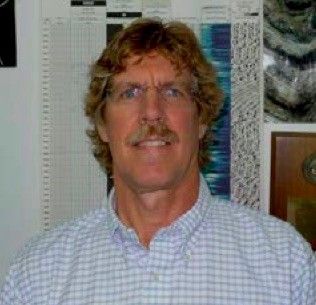Oil Movability Quicklook Using Dielectric Measurements at Four Depths of Investigation
OR
About the Course
SPWLA members, view the course for free!
SPWLA Distinguished Speaker Series. Dielectric measurements have been used for many years for analysis of the flushed zone. Dielectric permittivity is used to calculate water-filled porosity for comparison with total porosity from traditional density-neutron logs. In heavy oil and low-permeability reservoirs, this methodology calculates oil saturation without requiring knowledge of water salinity.
New dielectric measurements that enhance this technique are now available from a multifrequency dielectric dispersion tool with various receiver spacings, frequencies, and polarizations. A novel application of this data evaluates variations in oil saturation due to oil movement, in a wellsite quicklook presentation that compares dielectric measurements of water-filled porosity at four depths of investigation up to 4 in. into the reservoir. Comparison of these four water-filled porosities with total porosity yields an oil saturation invasion profile.
A heavy oil sandstone case study illustrates the benefit of the quicklook in observing movability variations due to oil gravity. In diatomite reservoirs, oil movements have been observed in zones affected by steam injection and natural permeability developments. Observed oil movements have been directly correlated to better production in diatomite wells. Because the quicklook provides a wellsite identification of oil flushing, it can be used to optimize the placement of sidewall cores. If cores are shot in zones showing flushing, the core analysis could reflect residual oil saturation rather than the So of the zone.
The oil movability quicklook provided by the multifrequency dielectric dispersion tool provides an added dimension to the evaluation of oil saturation variations in the near-wellbore region. It yields new insight into variations of oil viscosity and permeability in sandstone and diatomite reservoirs. It can improve reserve calculations in these reservoirs with the ability to identify core flushing and read deeper into the formation. It provides a valuable enhancement to the traditional dielectric evaluation workflow.
For more lectures like this, join SPWLA today
Your Instructor

Steve Grayson has recently retired after more than 37 years with Schlumberger. He has worked in various positions in Michigan, Appalachia, Canada, Houston, Laredo, the Rockies and California. He last held the position of Unconventional Domain Champion in Ventura, California. He has a BSEE from Rensselaer Polytechnic Institute and started as a logging field engineer in Michigan in 1977. He has authored papers involving logging and interpretation techniques in thin-bedded, heavy-oil, and fractured reservoirs in the Appalachian basin, Texas, and California.
